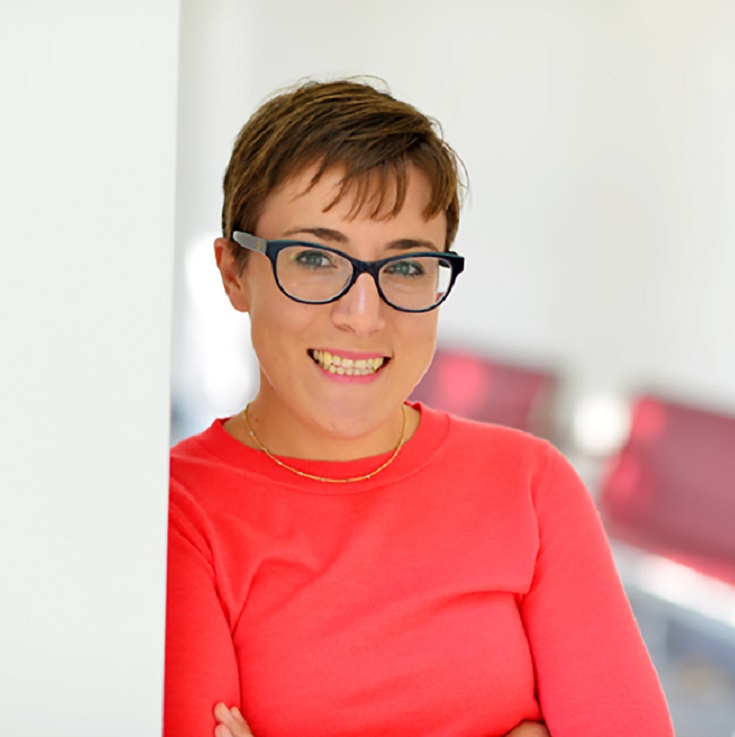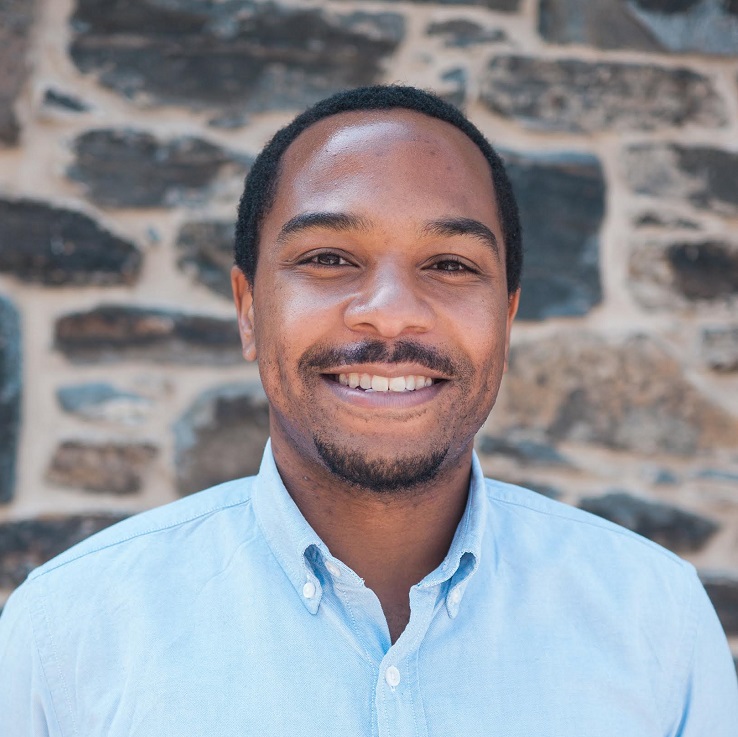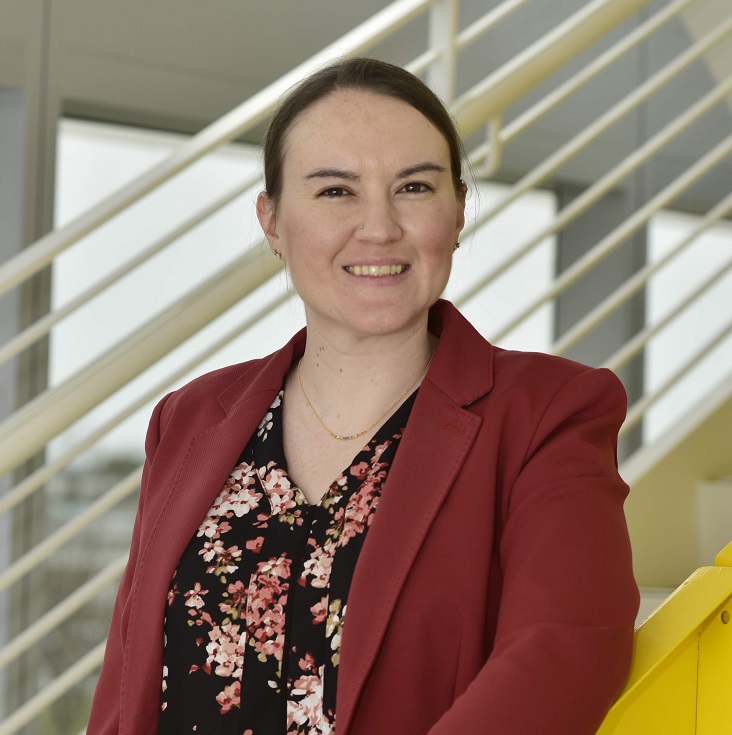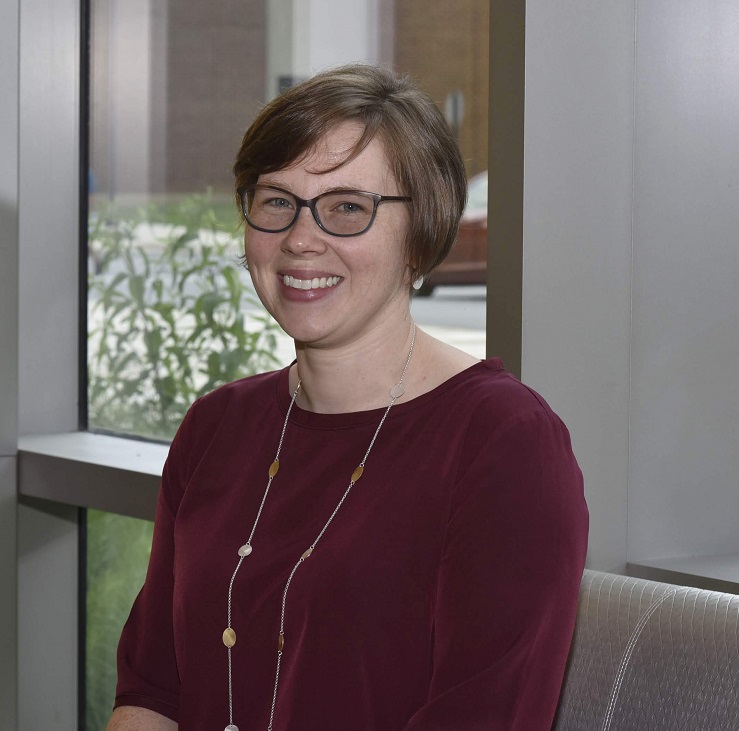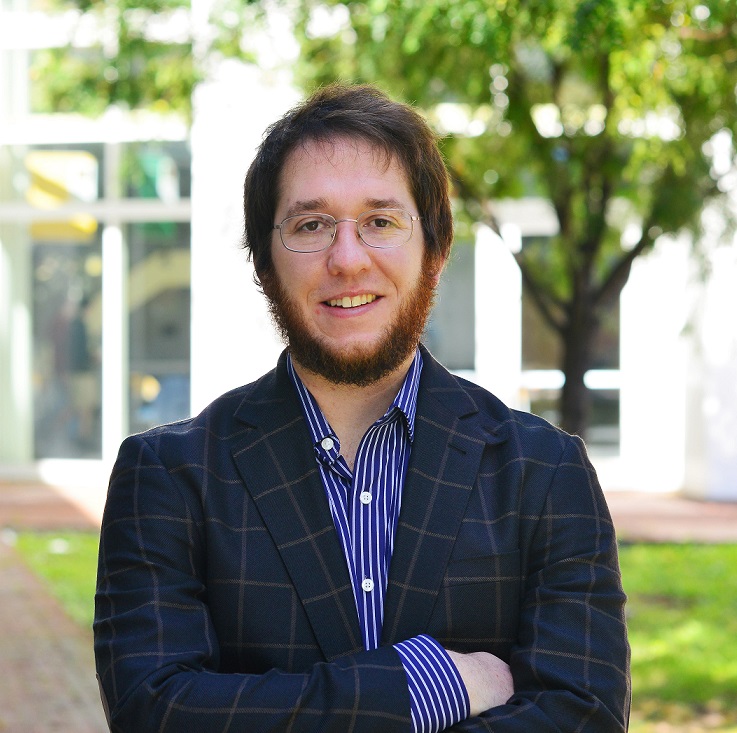Excellence, recognized
From Blavatnik to NSF CAREER awards, Clark School faculty receive recognition for their work to advance technology and drive positive social change.
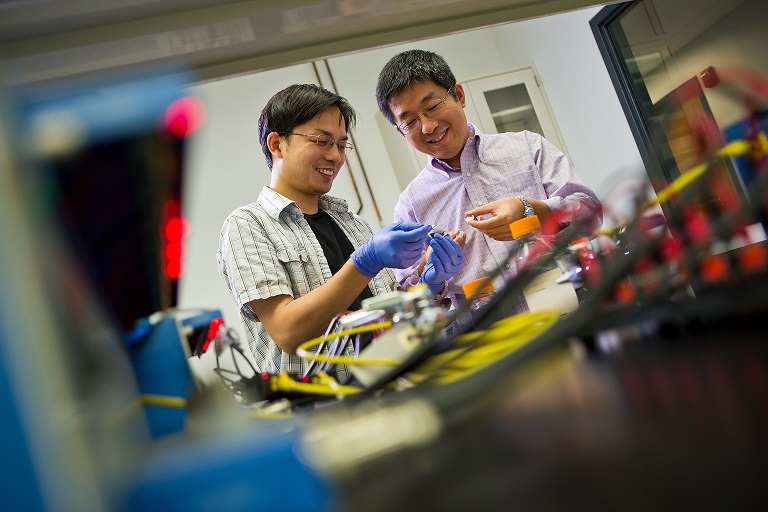
Professors Liangbing Hu and Teng Li holding a modified lithium-metal battery with a wooden negative electrode.
